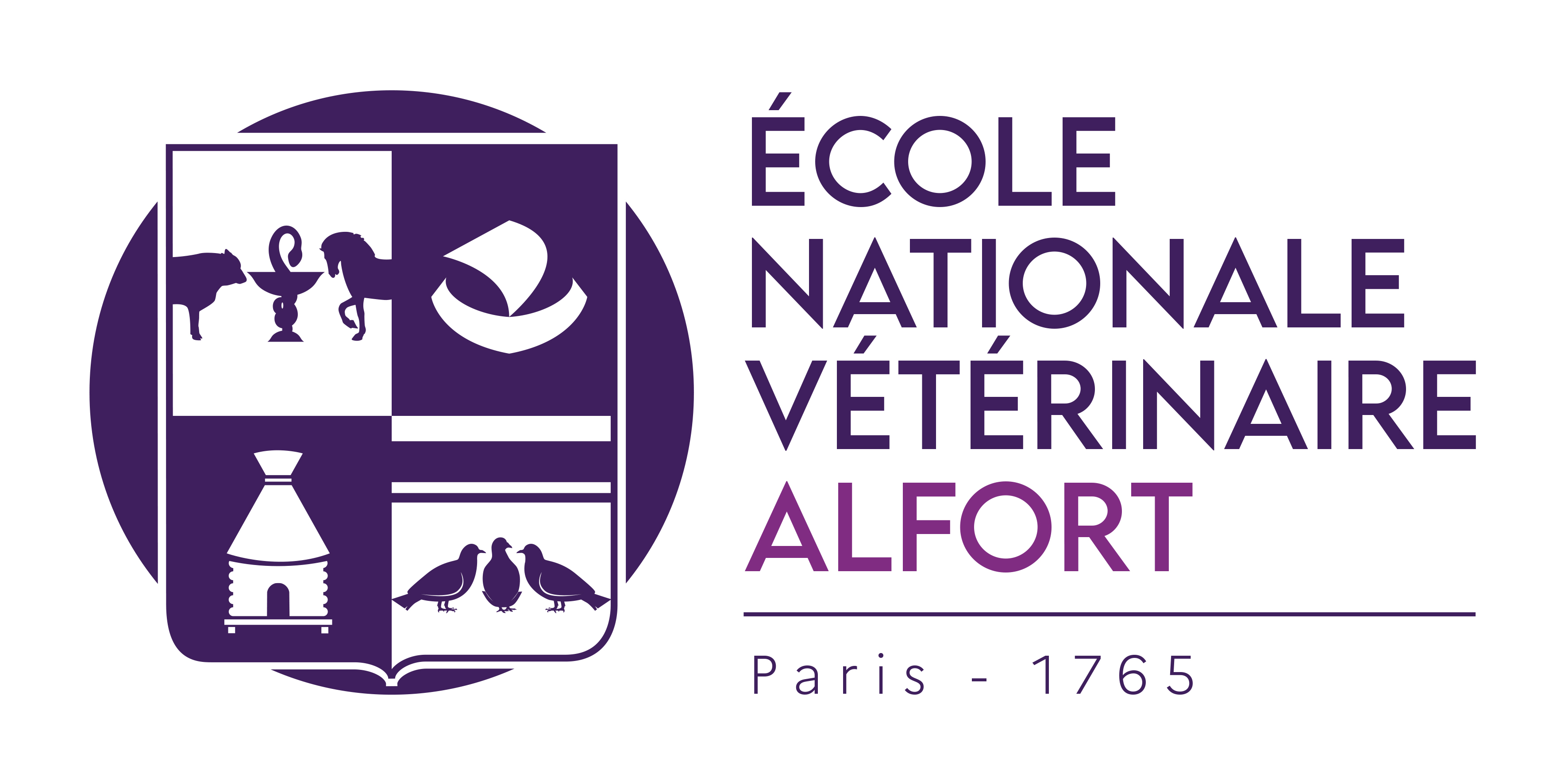Development of a primary cell model derived from porcine dorsal soft palate for foot-and-mouth disease virus research and diagnosis
Résumé
Foot-and-mouth disease (FMD) is a highly contagious viral disease of cloven-hoofed animals that has a significant socio-economic impact. One concern associated with this disease is the ability of its etiological agent, the FMD virus (FMDV), to persist in its hosts through underlying mechanisms that remain to be elucidated. While persistence has been described in cattle and small ruminants, it is unlikely to occur in pigs. One of the factors limiting the progress in understanding FMDV persistence and, in particular, differential persistence is the lack of suitable in vitro models. A primary bovine cell model derived from the dorsal soft palate, which is the primary site of replication and persistence of FMDV in cattle, has been developed, and it seemed relevant to develop a similar porcine model. Cells from two sites of FMDV replication in pigs, namely, the dorsal soft palate and the oropharyngeal tonsils, were isolated and cultured. The epithelial character of the cells from the dorsal soft palate was then assessed by immunofluorescence. The FMDV-sensitivity of these cells was assessed after monolayer infection with FMDV O/FRA/1/2001 Clone 2.2. These cells were also grown in multilayers at the air-liquid interface to mimic a stratified epithelium susceptible to FMDV infection. Consistent with what has been shown in vivo in pigs, our study showed no evidence of persistence of FMDV in either the monolayer or multilayer model, with no infectious virus detected 28 days after infection. The development of such a model opens up new possibilities for the study and diagnosis of FMDV in porcine cells.



